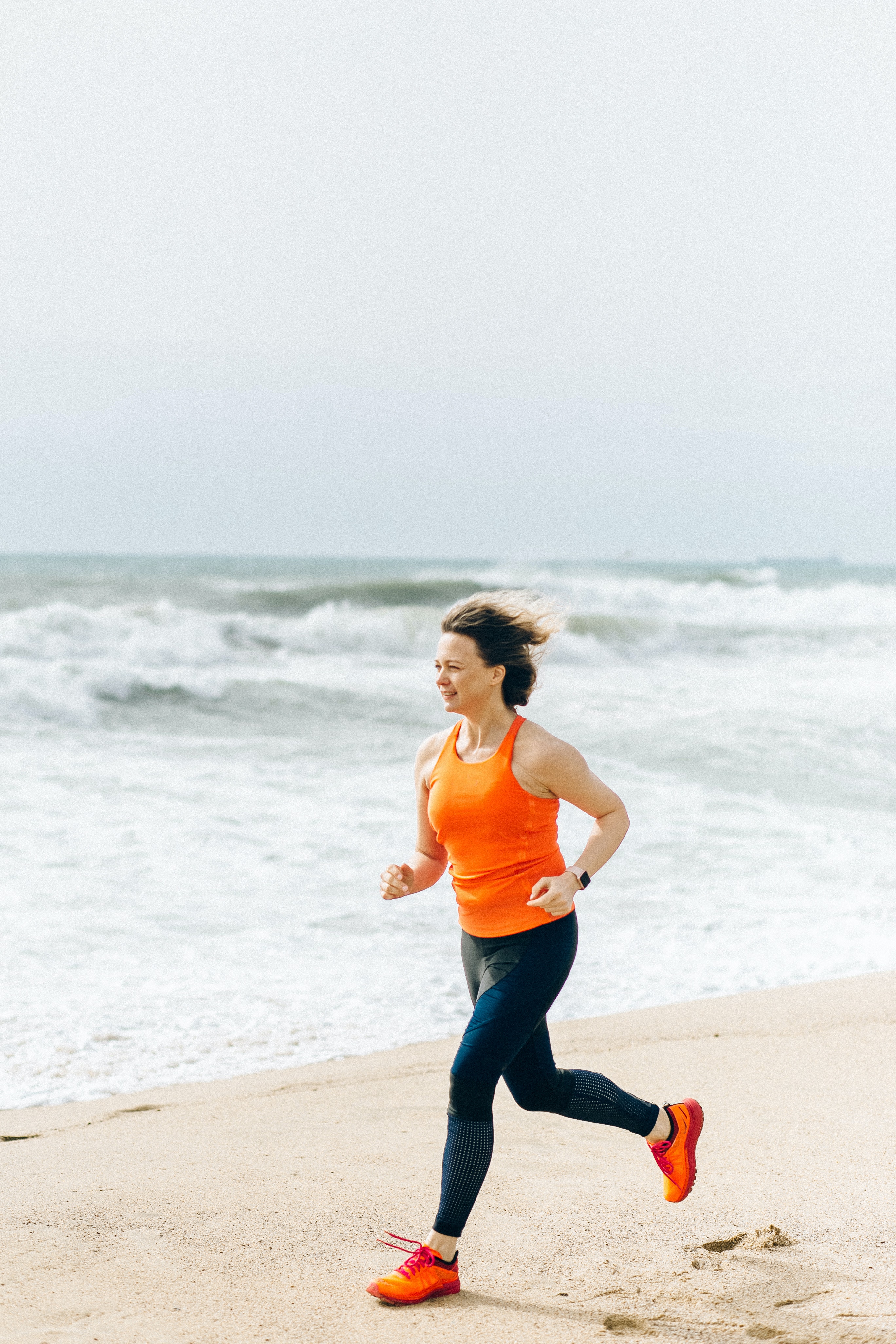


Your running form makes the difference between winning a race and losing it. Good form helps protect your joints. Just like any exercise, the right form increases efficiency and prevents injury. Most people feel like they know how to run. After all, they’ve been doing it for years. No matter who you are, how long you’ve focused on running, or how fast you are, there are always ways to improve your form. By doing that, cut your time, increase your distance, or feel better after running.
Tension in your body can reduce your energy.
When any part of your body it causes you to burn extra energy. When you run, if your hands are tense and not relaxed, it can drain precious energy that otherwise might allow you to run further or faster. If you clench your fists, relax them and keep your hands open. They should be at waist level as you run and lightly brush your hips. Some people punch the air when they run. Their hands move across the front of the body, clenched tightly. Swing them open and freely at your sides. You should swing them slightly higher than you would if you were jogging.
Your stride makes a difference.
If you’re overstriding, your leg is too far forward. The foot lands well ahead of the body’s center of gravity. It should strike the ground directly under the hips but is further ahead. Instead of the tibia being almost vertical with the knee directly above the angle, it’s angled when the foot lands. Overstriding causes more torque on the joints. You know you’re overstriding when your heel hits the ground first. You’ll run faster, be more powerful, and reduce the potential of injury when you have the perfect stride.
Working on breathing techniques improves your run.
Your breathing pattern directly affects how long you can run before you run out of energy and are gasping for breath. You can slow down your run and work exclusively on breathing. Focus on inhaling through your nose and exhaling through your mouth. Once you’ve successfully adapted your breathing, slowly increase your speed while still focusing on your breathing pattern. Breathing from your diaphragm—belly breathing—improves breath control.
- Your head should be up. Your eyes should be looking straight ahead. Keep your shoulders level and your back straight but slightly leaning forward at the hip as you run. Use good posture. It helps you breathe deeper.
- Strong core muscles can provide stability and improve your balance. It helps maintain energy and prevent injury. Do core exercises to maintain or build strength.
- Get the right shoes. They should be appropriate for the terrain where you run, your feet, and your gait. Specialty shops have professionals who can help you find the ones that fit you perfectly and address your needs.
- Use shorter, lighter strides. Lifting your feet too far off the ground causes you to bounce. That burns more energy. A quicker stride turnover saves energy and improves stability.
For more information, contact us today at Travel Trim
